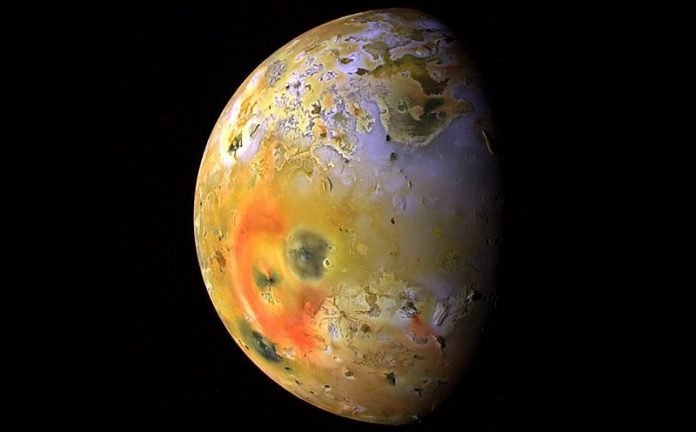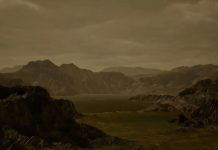
Scientists have known about dune-like structures on Jupiter’s volcanically active moon, Io, for some time.
However, they have been unable to reconcile how a planetary body with such a low-density atmosphere could create the classical wind-blown dunes like those observed on Earth.
In a recent study, scientists proposed a new model for dune formation in the absence of strong atmospheric winds.
This study attempts to expand scientists’ knowledge of how dunes can form on distant planetary bodies that have vastly different atmospheric conditions than those responsible for dune formation on Earth.
“The challenges in interpreting the ridge structures on Io were understanding how wind could be created and how sand could move where almost no atmosphere exists,” Ryan Ewing, the Robert R. Berg Professor in Texas A&M University’s Department of Geology and Geophysics said.
“But the lava-frost mechanism to create the flows is an entirely new mechanism for generating dunes.”
The lava-frost mechanism proposed by this research team relies on researchers’ knowledge that Io is the most volcanically active body in our solar system.
Through mathematical modeling and their understanding of sediment physics, the team has shown that the interaction of Io’s lava flows and the widespread sulfur dioxide frost blanketing its surface can create a dense enough vapor to allow for grain transport and formation of the dune-like features observed from images taken during the 14-year NASA Galileo Mission.
“I am certain I will find myself trying to explain observations of dune-like patterns from these worlds as the new data come in,” Ewing said of the upcoming NASA missions to Titan, one of the moon’s of Saturn, and Venus planned over the next several decades.
The research this team has conducted on Io will help explain the formation of these features that are present nearly everywhere in our solar system.
Written by John Sarao.



